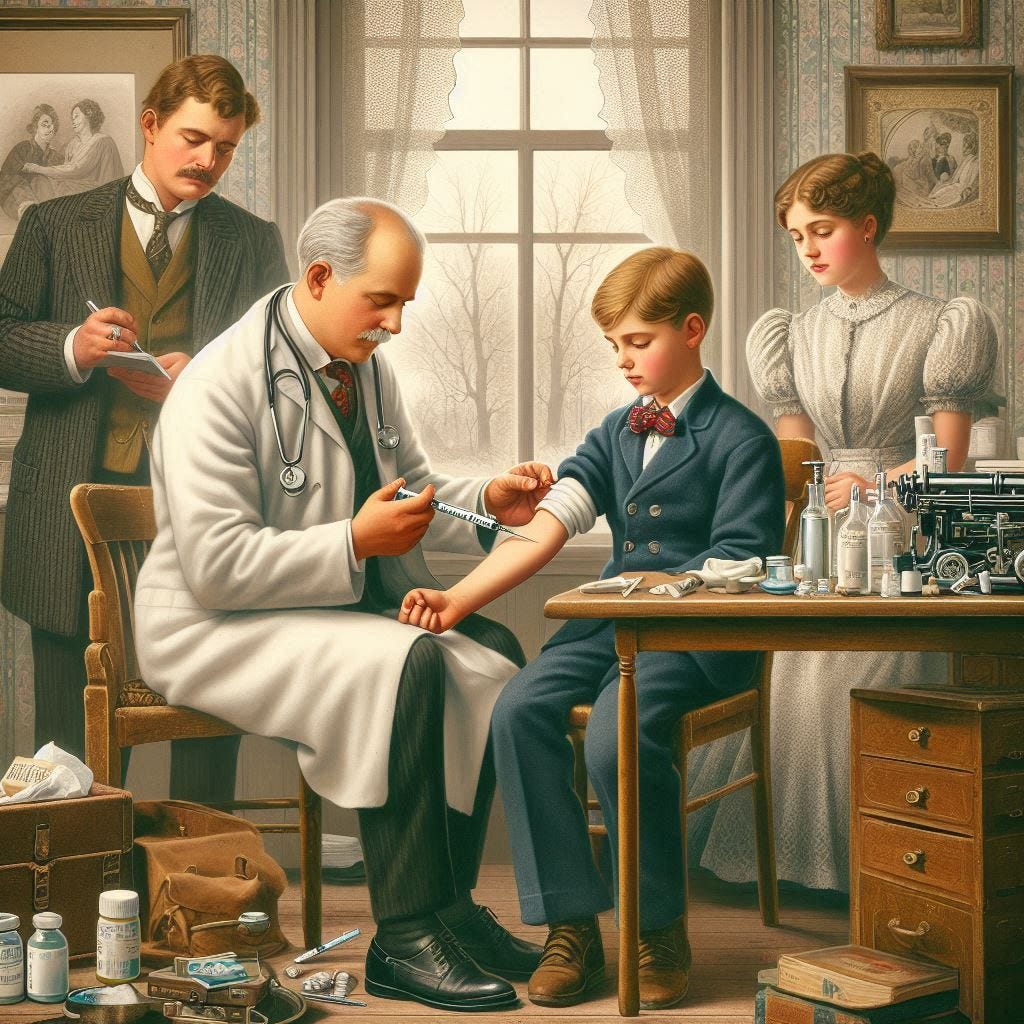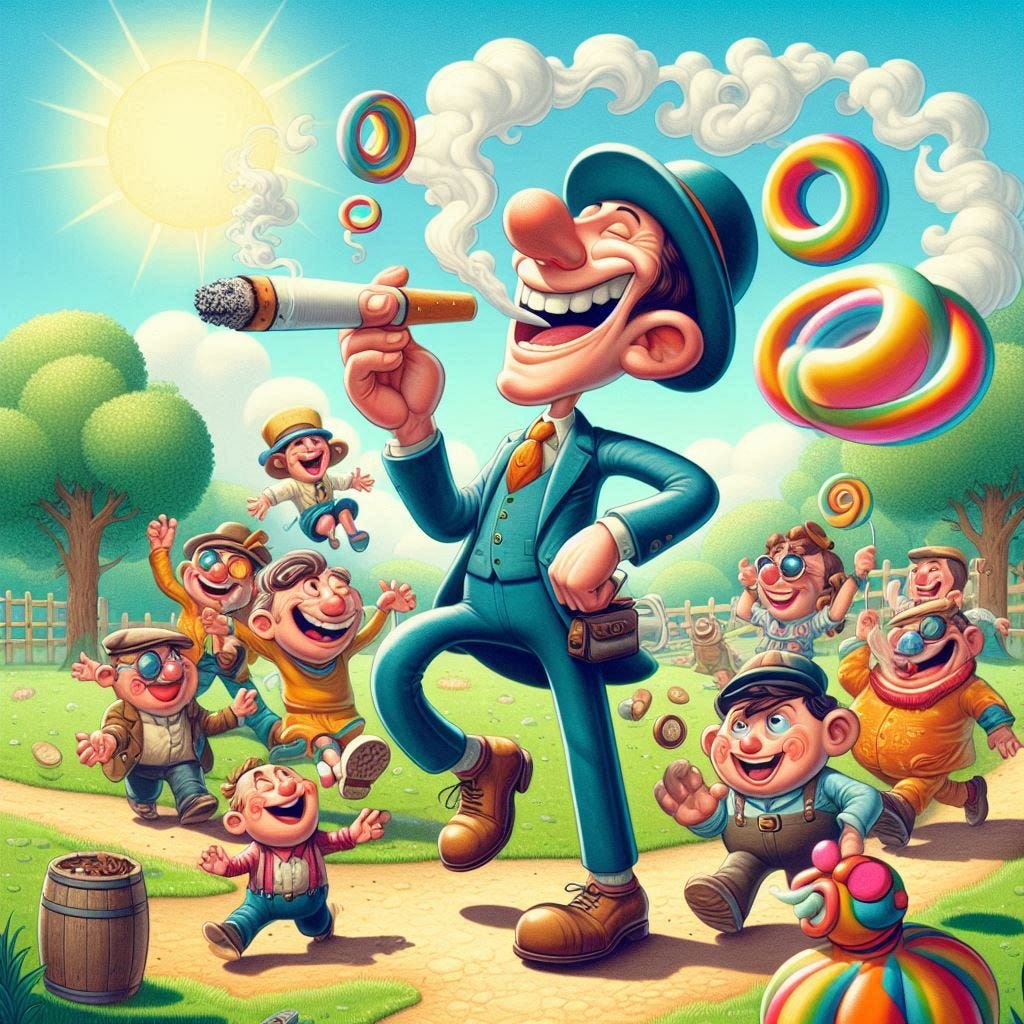1922 — Insulin Begins Saving Lives of Diabetics
On this date in 1922, an extremely ill 14-year-old boy received an insulin injection to help his body combat the effects of diabetes. This boy, Leonard Thompson, was the first human to receive this treatment. Prior to this time, being diagnosed with Diabetes was tantamount to receiving the death sentence.
Questions: Where did Leonard Thompson live? How did his body react to the insulin injections he received? What species of animals were the first test subjects for the insulin injections? In which country was the insulin treatment developed? How many lives have been saved through this discovery?1964 — Don’t Smoke That Cigarette!
On January 11, 1964, the U.S. Surgeon General made it official that smoking tobacco causes cancer. This should not have been a bombshell, and it was not, in fact, a shock to most people. After all, Merle Travis had written a song Smoke! Smoke! Smoke! (That Cigarette) in 1947 which included the lyrics “smoke, smoke, smoke that cigarette Puff, puff, puff and if you smoke yourself to death...” Even as far back as the 1880s, people were figuring out that tobacco was harmful to health: When his friend General/President Ulysses S. Grant developed cancer from his tobacco addiction, Mark Twain said (paraphrasing here) that “we smokers need to take a lesson from this,” but at least one doctor of the time scoffed at Twain’s warning and said that tobacco had nothing to do with Grant’s cancer.
When tobacco-smoking Europeans appeared in America, Native Americans observing them described them as people who “shoved sticks in their faces and lit them on fire.”
Questions: When and where did smoking tobacco begin? On average, how much money does a lifetime smoker spend on the product, and how much on medical bills related to tobacco-caused ailments? What other ill affects (other than disease, death, and squandering of money) do tobacco users suffer?1973 — Designated Hitters in the American League
The D.H. (Designated Hitter) Rule came into effect in the American League of MLB (Major League Baseball) in 1973. This allowed teams to have one batter in the lineup who didn’t play in the field on defense — his entire job consisted of hitting. Usually (possibly always), the player on the field whose “turn” is taken by the D.H. is the pitcher. This does not mean that all pitchers are bad hitters (Babe Ruth had at one time been a pitcher, and the Los Angeles Dodgers’ Shohei Ohtani is an all-around player, excelling at both pitching and hitting), but this rule change allowed pitchers to focus on their main job; it also opened up the possibility for players who excelled at hitting but were a liability as fielders to participate.
Baseball traditionalists of the time (most of whom are dead now) hated this “corruption” of baseball, just as many today decry the thought of the proposed “Golden At-Bat Rule.”
Questions: Who are some players who excelled in the D.H. role? Did the NL (National League) ever adopt the D.H. rule? What is the “Golden At-Bat Rule,” and what do you think about it?







